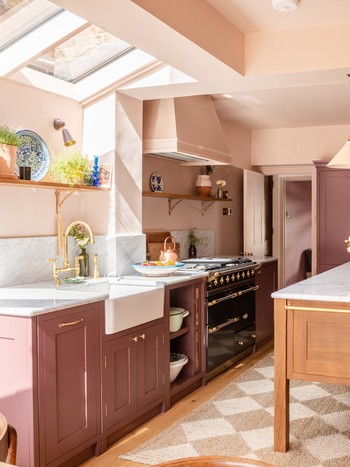Discover Affordable and Chic Solutions in Legs For Kitchen Island Updates
Discover Affordable and Chic Solutions in Legs For Kitchen Island Updates
Blog Article
A Guide to Selecting the Perfect Legs For Kitchen Island for Your Home
Choosing the excellent legs for your cooking area island is a nuanced choice that influences both the performance and visual charm of this central area. As you think about these components, it becomes apparent that the appropriate legs can transform not only the look of your kitchen yet additionally its usability for years to come.

Understanding Kitchen Area Island Legs
When choosing legs for a cooking area island, it's necessary to recognize their aesthetic and functional duties in the overall design. The legs work as a vital support system, ensuring security and toughness for the island, which commonly operates as a work space, eating location, or collecting spot. The choice of material and construction method need to be durable enough to endure daily use and potential wear.
Along with their structural responsibilities, legs contribute significantly to the island's aesthetic charm. They can enhance the kitchen's design, whether through standard, modern, or eclectic layouts. The elevation and percentage of the legs are additionally important considerations; they need to harmonize with the island's counter top elevation while making sure comfortable seating for those using the area.
Moreover, the leg style can affect the total circulation of the cooking area. Open, ventilated leg designs can develop a sense of lightness, while strong, substantial legs may share a much more based and secure visual - Legs For Kitchen Island. Recognizing these practical and aesthetic aspects will certainly guide property owners in making informed selections that match their kitchen's design and enhance its use
Popular Styles and Products
The choice of legs for a kitchen area island incorporates a range of prominent designs and materials, each offering distinct features that can enhance both capability and visual appeals. Traditional legs commonly display elaborate details and craftsmanship, improving timeless kitchen area layouts.

Elevation and Security Factors To Consider

The legs of the kitchen area island must offer appropriate assistance, making sure that the structure can endure daily usage without wobbling or moving. Material choice plays a significant function in stability; steel legs, for circumstances, tend to provide better toughness contrasted to timber.
Matching Your Cooking Area Aesthetic
Picking the right legs for your cooking area island goes beyond functionality; it likewise plays a considerable function in the general visual of the area (Legs For Kitchen Island). When selecting legs, think about the design style of your cooking area.
Legs that enhance or contrast with your island's surface and surrounding kitchen cabinetry can create visual consistency or striking focal points. Furthermore, consider the finish of the legs; matte, glossy, or textured coatings can considerably impact the overall feel of the kitchen area.
Setup and Upkeep Tips
Setting up kitchen island legs requires mindful focus to information to guarantee both security and aesthetic allure. Begin by selecting a suitable place for your island, guaranteeing it is degree and has adequate space for activity. Utilize a stud finder to situate wall studs Related Site if you are connecting the legs to a wall or using brackets for added support. Mark the positioning of the legs properly before drilling.
When securing the legs, utilize top quality screws and, if essential, timber adhesive for added strength. For metal legs, guarantee that you are using appropriate supports and tools to avoid damages to your flooring. It is recommended to look for levelness after setup, making adjustments as needed to prevent tottering.
Tidy the legs with an ideal cleaner, avoiding rough materials that may scrape the surface. By complying with these setup and maintenance suggestions, you can ensure that your cooking area island legs remain both functional and visually appealing.
Final Thought
In final thought, straight from the source selecting the proper legs for a cooking area island requires mindful factor to consider of elevation, stability, and aesthetic this contact form compatibility. Eventually, thoughtful leg option plays a crucial function in raising both the practicality and style of the kitchen room.
When picking legs for a cooking area island, it's vital to understand their aesthetic and practical duties in the overall layout. Open, ventilated leg designs can create a feeling of lightness, while solid, substantial legs may convey a more based and stable aesthetic. The legs of the kitchen area island should offer adequate support, making certain that the structure can withstand day-to-day use without tottering or changing.Installing kitchen area island legs calls for careful interest to detail to ensure both stability and aesthetic allure.In final thought, choosing the suitable legs for a kitchen area island requires mindful factor to consider of height, security, and visual compatibility.
Report this page